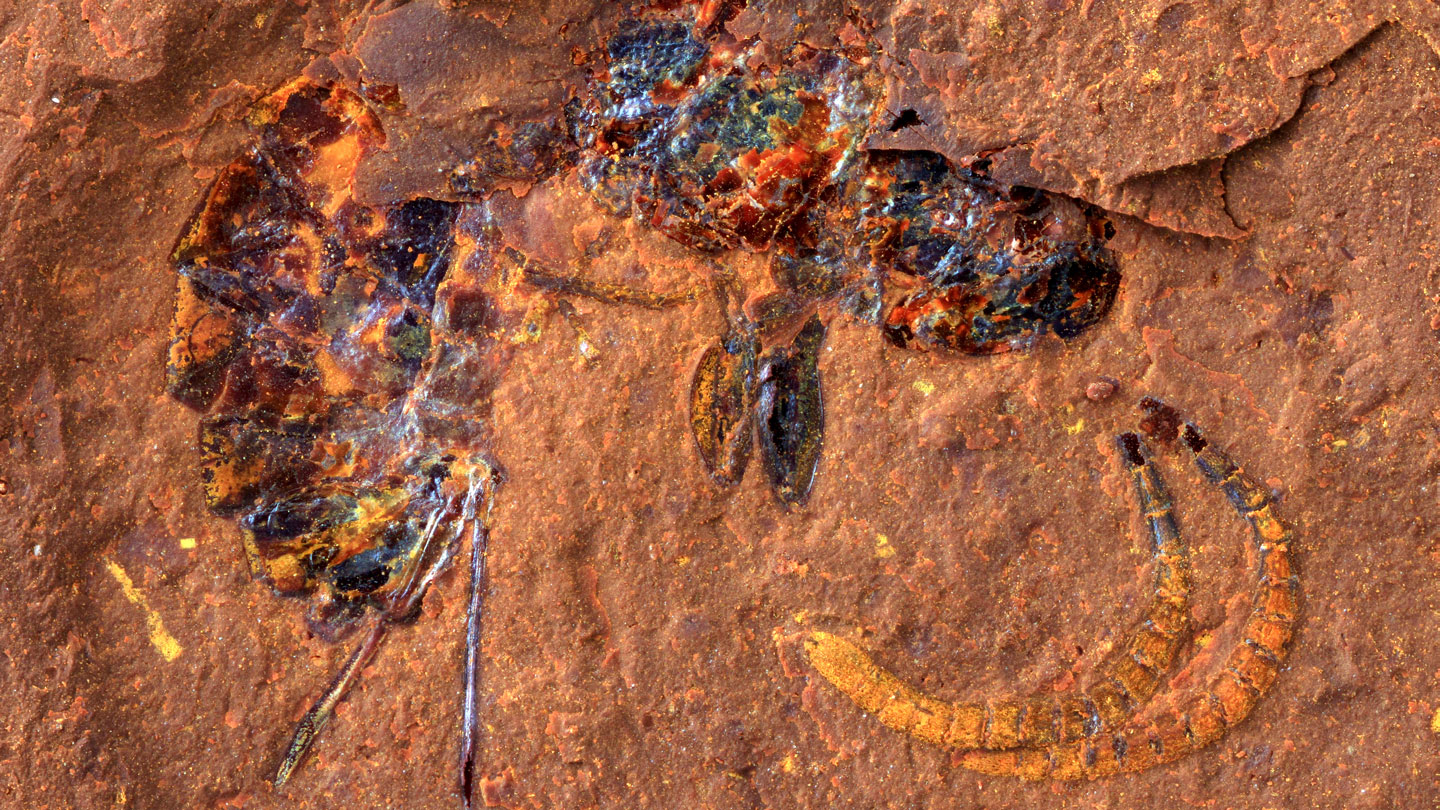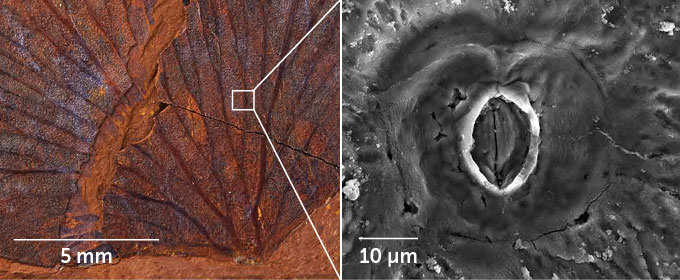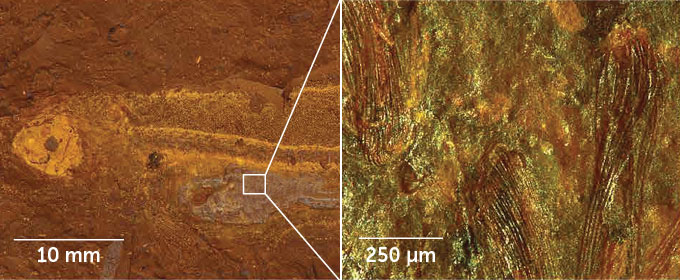See stunning fossils of insects, fish and plants from an ancient Australian forest
A new trove of plant, insect, fish and other fossils offers an unprecedented sn

A new trove of plant, insect, fish and other fossils offers an unprecedented snapshot of Australia’s wetter, forest-dominated past.
McGraths Flat in New South Wales contains thousands of beautifully preserved specimens of flowering plants, ferns, spiders, insects and fish, vertebrate paleontologist Matthew McCurry and colleagues report January 7 in Science Advances.
Images of the fossils’ soft tissues, captured with scanning electron microscopy, reveal them in astonishing detail, from the facets of a crane fly’s compound eye to phantom midges trapped in a fish’s stomach.
Once upon a time, Australia was carpeted with rainforests. During the Miocene Epoch, about 23 million to 5 million years ago, Earth underwent a climatic upheaval. For Australia, that meant drying out, with shrubs, grasses and deserts expanding into once-lush territory. McGraths Flat formed during that transition, between 16 million and 11 million years ago. At the time, it was part of a temperate forest around a small lake, new analyses of fossil pollen and leaves suggest.






